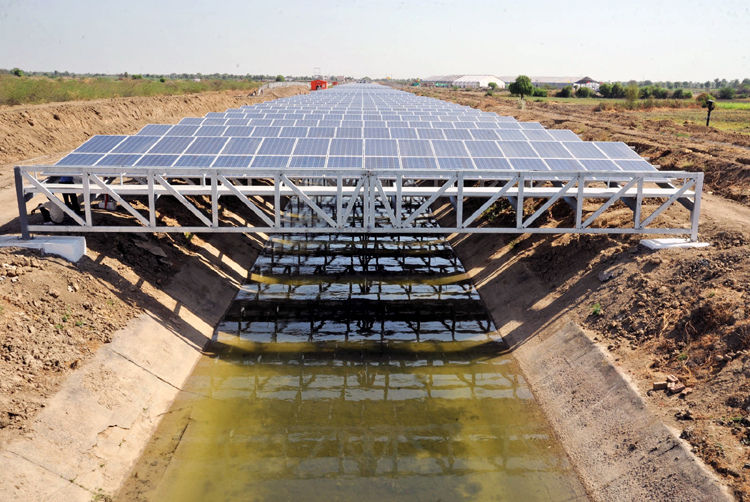
The most recent instance of this occurrence was in the early 1970s, when there was a crude oil trade embargo and hence no fuel. Substitute energies started to sprout up here and there, with a large number of people hopping on board. However, gasoline quickly resurfaced in ample supply, and alternative energy sources faded from view once more. Now, in 2021, the average customer is seeing gasoline prices rise, and they are realising that global warming will soon affect their finances. Substitute energy is making a comeback in the minds of ordinary consumers, and this time it's for the better.
What happened to solar?
During the 1970s energy crisis, solar power for the home was a major seller. Many homes had tri-pods of solar panels on their roofs, soaking up as much energy as they could. These units were first discovered in environmentally sensitive Arizona, but they quickly spread across the globe. Unfortunately, the solar power cell of the 1970s was not quite cost-effective, and it was very expensive to instal and maintain. In a period of rampant consumption, there was less demand for solar cells as fossil fuels returned to the market. However, the concept of solar energy was sound, and many trailblazers recognised that it was a promising idea that had yet to be realised.
Solar has returned and is ready to go.
The solar panel of today is not the same as the solar panel of your forefathers. Depending on whether you want to produce electricity or hot water, today's solar panels, known as photovoltaics, have come a long way and will continue to do so. When these cells are assembled into a panel, they convert the sun's rays into electricity that is ready to use. They've also become more powerful, environmentally friendly, and cost-effective. Today's solar panel can be placed almost anywhere and is rapidly being transformed into a panel with the thickness of a nano particle. Solar power technology is progressing at a breakneck pace, bringing costs down to a manageable level.
Who makes use of the panels?
As previously stated, a shift in consumer behaviour requires a shift in the purse strings. With a technology and paradigm shift on the scale of solar panels, a significant improvement in panel performance, panel costs, associated elements, and existing fuel costs is needed. Solar panels begin to appear when these factors hit critical mass, not at the customer level, but at the corporate and industrial level. This is due to the fact that company transfers its capital where the costs are lower over time. This is simply smart business. Solar panels have been more cost effective for industry to use in the last two years than not using them at all.
Why are solar panels being used now?
Solar panels are now being used mainly because the cost of fuel is just too high to disregard in favour of a promising new technology. Companies have vacant roof space and the option of doing something on a wider scale to see if it works rather than paying higher fuel bills and environmental costs. The whole definition is based on self-interest. There is no concern for the climate. If the company does not use solar panels, they would be responsible for electricity costs, air clean-up costs, and variable fuel charges. They put the solar panels to the test to see if they work.
If they do, the organisation will be able to commit to a complete solar panel network with even more powerful solar panels, lowering fuel costs and almost eliminating the need for air cleaning in the process. It has nothing to do with the world. It's simply sound business. Solar panel prices will drop like a stone once the industry gets going, and consumers will hop on board because...just it's good business.

Comentários